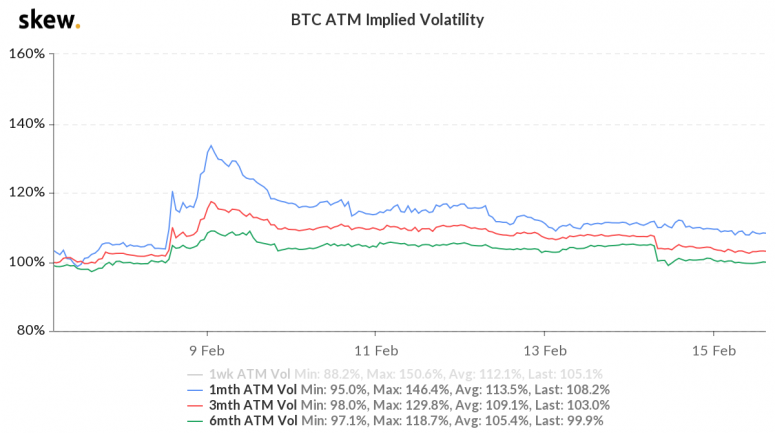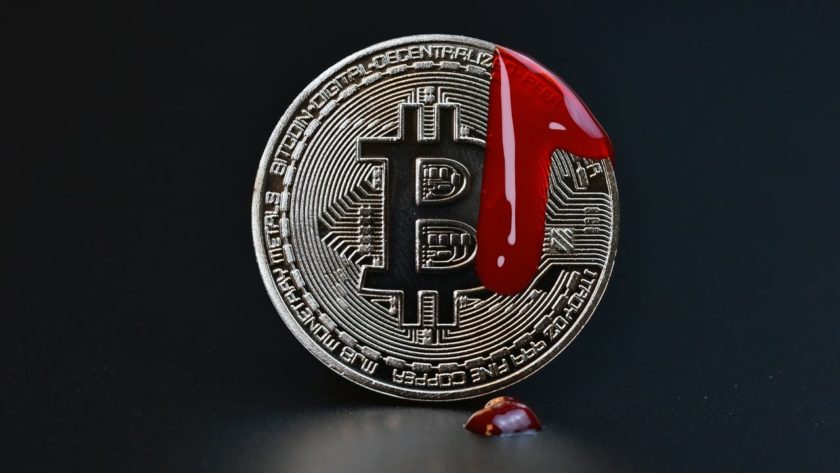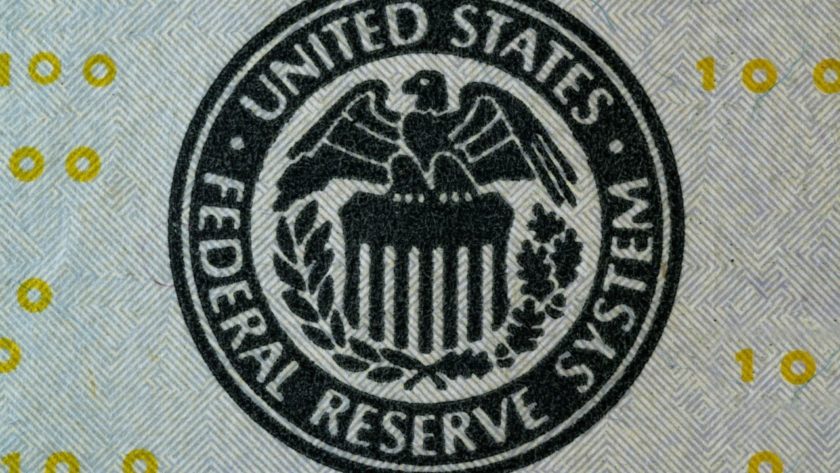Despite bitcoin’s rapid $3,000 fall from new record highs seen Sunday, institutions seem confident about the cryptocurrency’s long-term prospects.
The cryptocurrency dropped to $47,790 earlier on Monday, after just failing to pass the psychological hurdle of $50,000 over the weekend. So far, however, are there are few signs of preparations for deeper losses in the options market.
“There is still an absence of any institutional long-term hedging. In fact, funds continue to take advantage of selling June-December expiry put options at strikes below $40,000,” Deribit Insights said in a tweet thread explaining the reasons for the price drop and the resulting changes in options market flows.
A put option gives the holder the right but not the obligation to sell the underlying asset at a predetermined price on or before a specific date. Investors buy puts, paying a premium, when anticipating a price drop and sell (write) put options, collecting a premium, when they foresee price consolidation or a rally.
Currently, large investors are still selling long-term puts below $40,000, showing they are not anticipating an extended/sustained price drop below $40,000.
The absence of any implied volatility spike on the drop from $49,000 to $46,000, as well as the bounce to $48,000, suggests “comfort and consolidation” in the mid-$40,000 to $50,000 trading range, Deribit Insights said.
“The strategy of selling the downside puts is two-fold: to get premium (theta) which is higher with higher volatilities, and also because the traders don’t think a crash will happen before that expiry,” said Shaun Fernando, head of risk and product at Deribit, the biggest crypto derivatives exchange by trading volume.
The six-month put-call skew, which measures the cost of puts relative to calls, remains entrenched in the negative territory, supporting Deribit’s assessment. The three-month metric is also hovering below zero, indicating a bullish bias.
Had institutions bought long-term puts to position for a deeper price slide, the six-month put-call skew would have turned positive. Further, increased put buying in the June to December expiry series would have pushed up long-term implied volatility (IV), a measure of investors’ expectation of price turbulence.
The six-month IV has dropped from 104.6% to 99.6% in the past 24 hours, while the one- and three-month IV lines are following similar trajectories.
Selling options (whether put or call) is a limited profit, unlimited loss strategy generally better left to institutions with a large capital supply. The gain is limited to the extent of the premium received, and loss can be endless as theoretically, an asset can drop to zero or rally to infinity.





